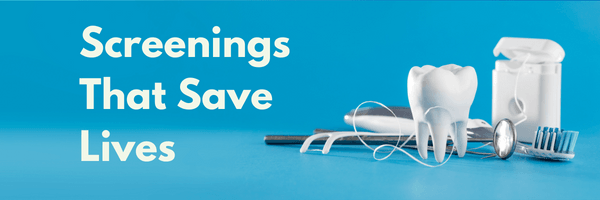
The Lowering Dental Professional Retirement Age and How To Respond
Deborah Bush
Posted May 02, 2022
What the Data Shows (2025 survey results):
- According to DentalPost’s 2025 Dental Industry Salary Survey (data collected Oct–Nov 2024), 34.2% of dentist‑owners plan to retire within the next six years, nearly unchanged from prior years Becker’s Dental Review+1DentalPost+1DentalPost+7amplify360.com+7DentalPost+7.
- Among associate dentists, 16.1% intend to retire in the next six years Dental Economics.
- Dental hygienists also show similar intent—approximately 31.2% plan to retire within the next six years—a decline from 2023 but still a substantial segment of the workforce amplify360.comRDH Magazine.
Compared to 2022: While older reports highlighted Gen X professionals (ages 45–59) being more likely to retire early than Baby Boomers, the 2025 figures reinforce a similar trend: even younger cohorts are seeking earlier exits, often citing burnout, financial certainty, or lifestyle shifts DentalPostamplify360.com.
So Why Are So Many Planning to Retire Early?
Several generational and economic factors are influencing these decisions:
- Burnout and physical toll, particularly in roles like hygiene and assistants.
- Financial readiness—many Gen Xers and younger cohort professionals have aggressively saved, invested, and feel less reliant on Social Security.
- Lifestyle priorities, such as earlier retirement or shifting into part-time or consulting roles.
These themes echo earlier findings but are now backed by solid data from 2025 survey results.
What Employers Need to Do Right Now to Retain Talent
1. Create Exceptional Employee Experiences
- Offer competitive compensation aligned with 2025 salary trends (e.g., owner-dentist incomes $300K+, associate incomes around ~$225K) Becker’s Dental ReviewDental Economics+9DentalPost+9Drilldown Solution – ACT+9DentalPost.
- Prioritize a healthy, supportive work environment—this rank tops the list of engagement drivers in recent surveys.
- Build an appreciation-first culture, where recognition and affirmation are daily practices.
2. Offer Flexibility and New Working Models
- While remote work isn’t possible for clinical team members, employers can:
- Explore job-sharing arrangements or compressed workweeks.
- Offer flexible schedules or shifts, especially for non-clinical roles.
- Provide semi-retirement options like transitioning into part-time or consultant roles.
3. Conduct Stay Interviews (Not Just Exit Interviews)
- Regular check-ins help you understand what matters most to your teams: leadership, benefits, growth, stability, and support.
- These conversations show value and respect—two key components in retaining seasoned professionals.
4. Monitor Industry Benchmarks and Stay Competitive
- According to the 2025 DentalPost Survey, although income satisfaction has cooled from 2022 highs (e.g., from 72% satisfied in 2022 down to ~50–60% in 2024), the more significant issues are compensation controls and overhead challenges DentalPost+6Drilldown Solution – ACT+6DentalPost+6.
- Associate dentists: 46.6% are considering or actively seeking new jobs in the coming year—driven by compensation, culture, and hours DentalPost+7amplify360.com+7DentalPost+7.
- Retention drivers: better culture, work-life balance, and benefits now outweigh pure pay for many in the profession.
Summary: Stop the Early Exit Slide Before It Happens
- A significant percentage of owners, associates, hygienists, and assistants plan to retire within six years. Many are already considering—or actively interviewing for—a transition.
- Employers can derail the early retirement pipeline by:
- Delivering competitive compensation based on up-to-date benchmarks
- Creating a positive, growth-oriented environment
- Offering flexible work options
- Proactively listening to and valuing staff through regular check-ins
The result? A more engaged, loyal team—and a more stable practice, even in tight labor markets.
Share with a friend:
DentalPost is the dental industry’s premier and largest online and mobile job board. We connect and educate more than 900,000 job seekers in the U.S. and Canada to build better places to work through teams that excel.






.png)


